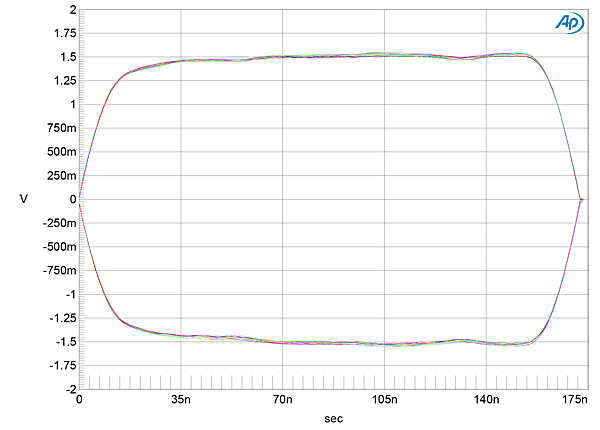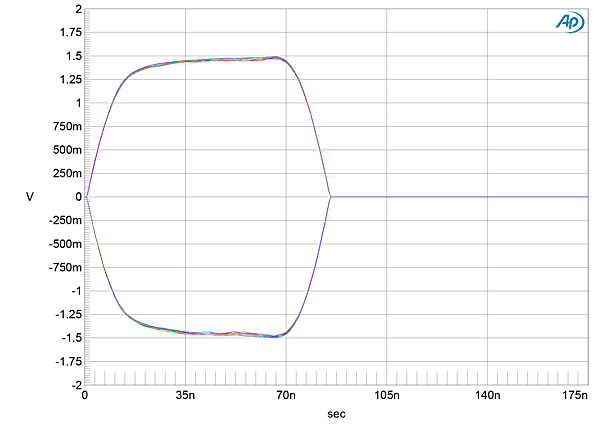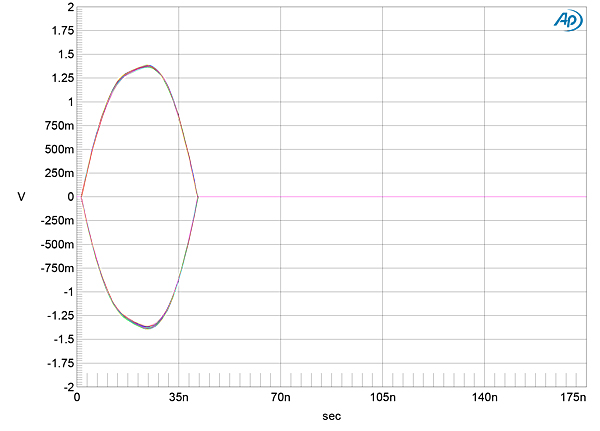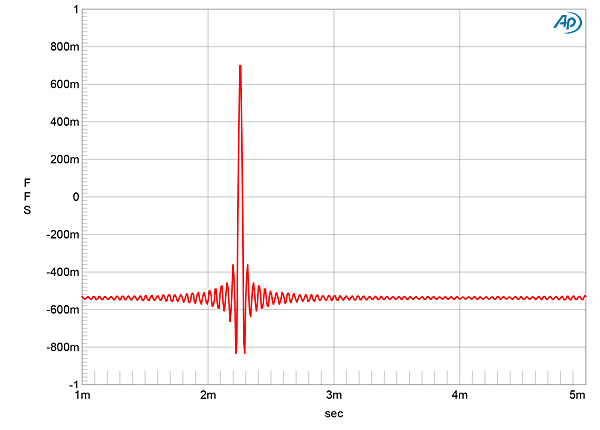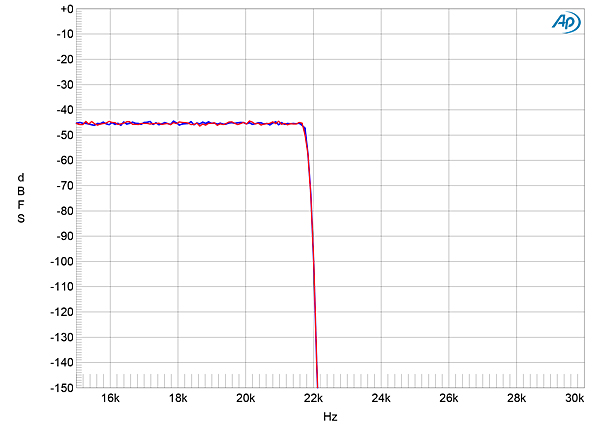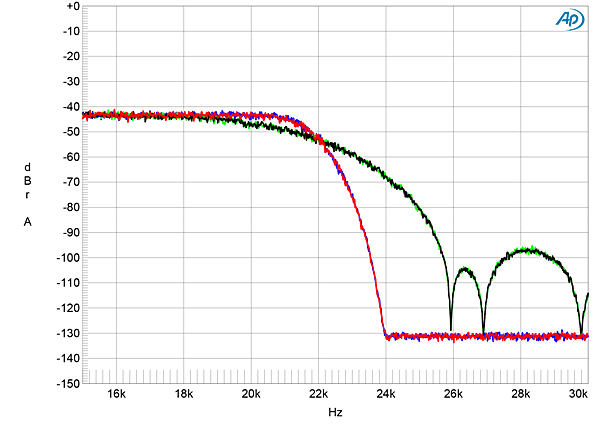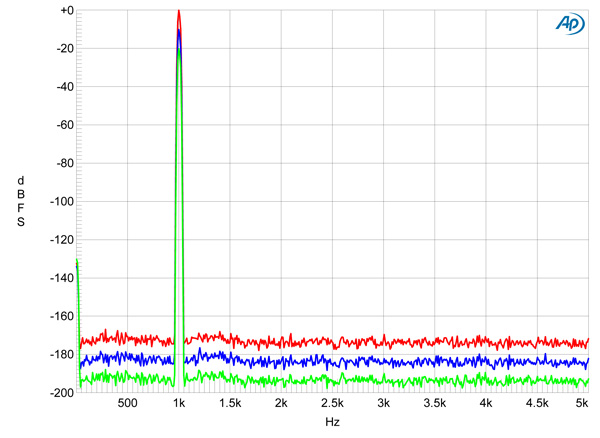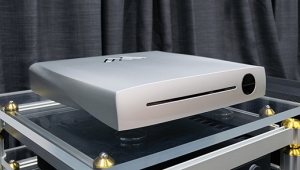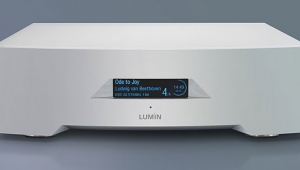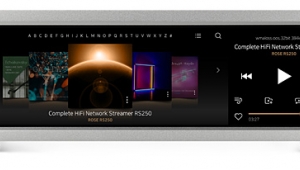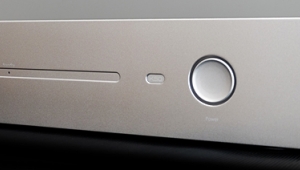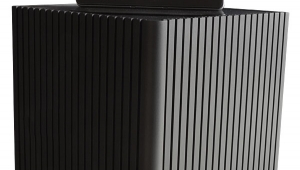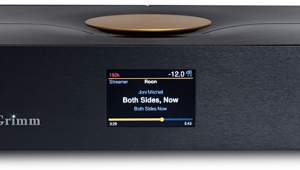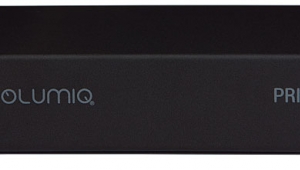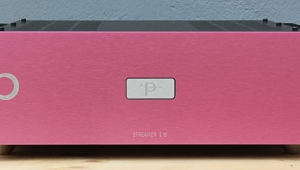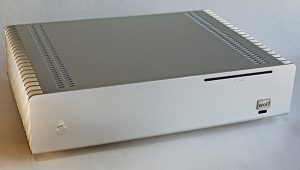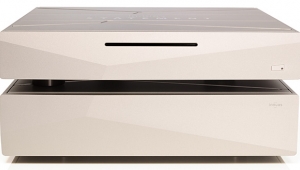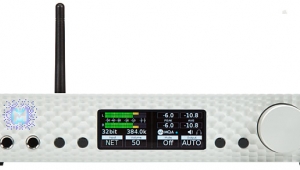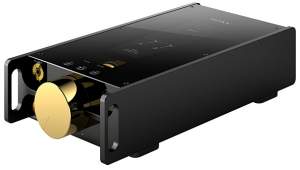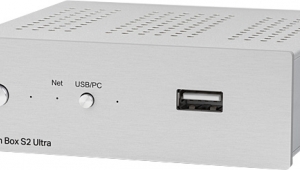| Columns Retired Columns & Blogs |
A lot appears to have been spent on the casing of this item, particularly the top. However, the interior is a very different kettle of fish. It looks lashed together. Standard length cables, folded and cable-tied. The DC, digital and signal cables are all unprotected from RF and EMI. The casing interior has no damping of any sort, no special layout, or suspension of circuit boards, just old-school steel pillars. In fact the interior of this device largely looks like a computer that has been assembled from fairly standard off-the-shelf components by your local computer shop. I have no doubt that it sounds good if those components are well matched and well chosen, and if the power supplies are decent. But so do many home built computers costing far less. This really is a lamb in wolf's clothing.
If I had bought this device and not known what was inside, I would have been expecting, for the price, something akin to Naim's layout and military wiring. If I had opened it up and found what lay inside, my face would have looked...well, Grim.
